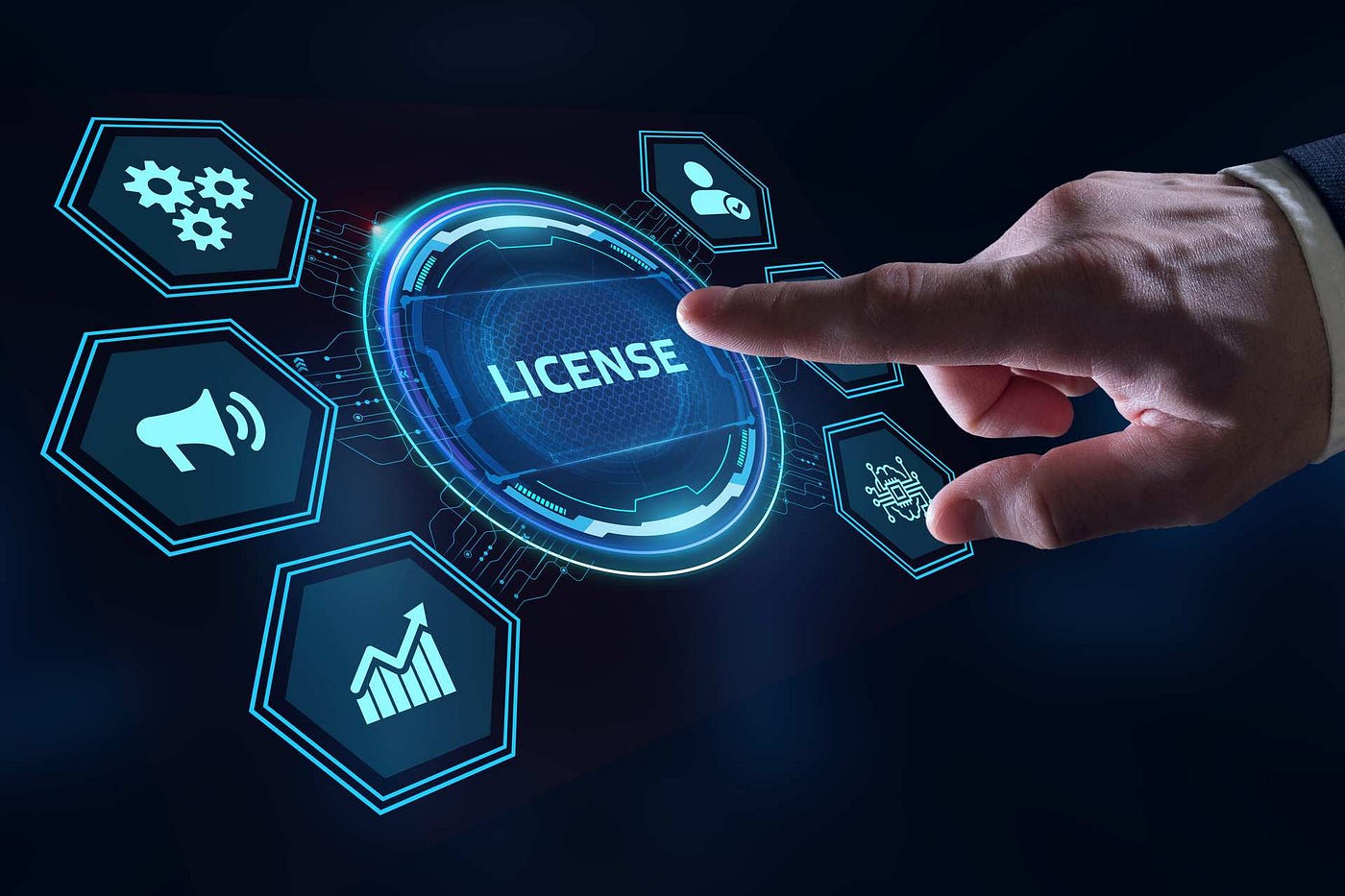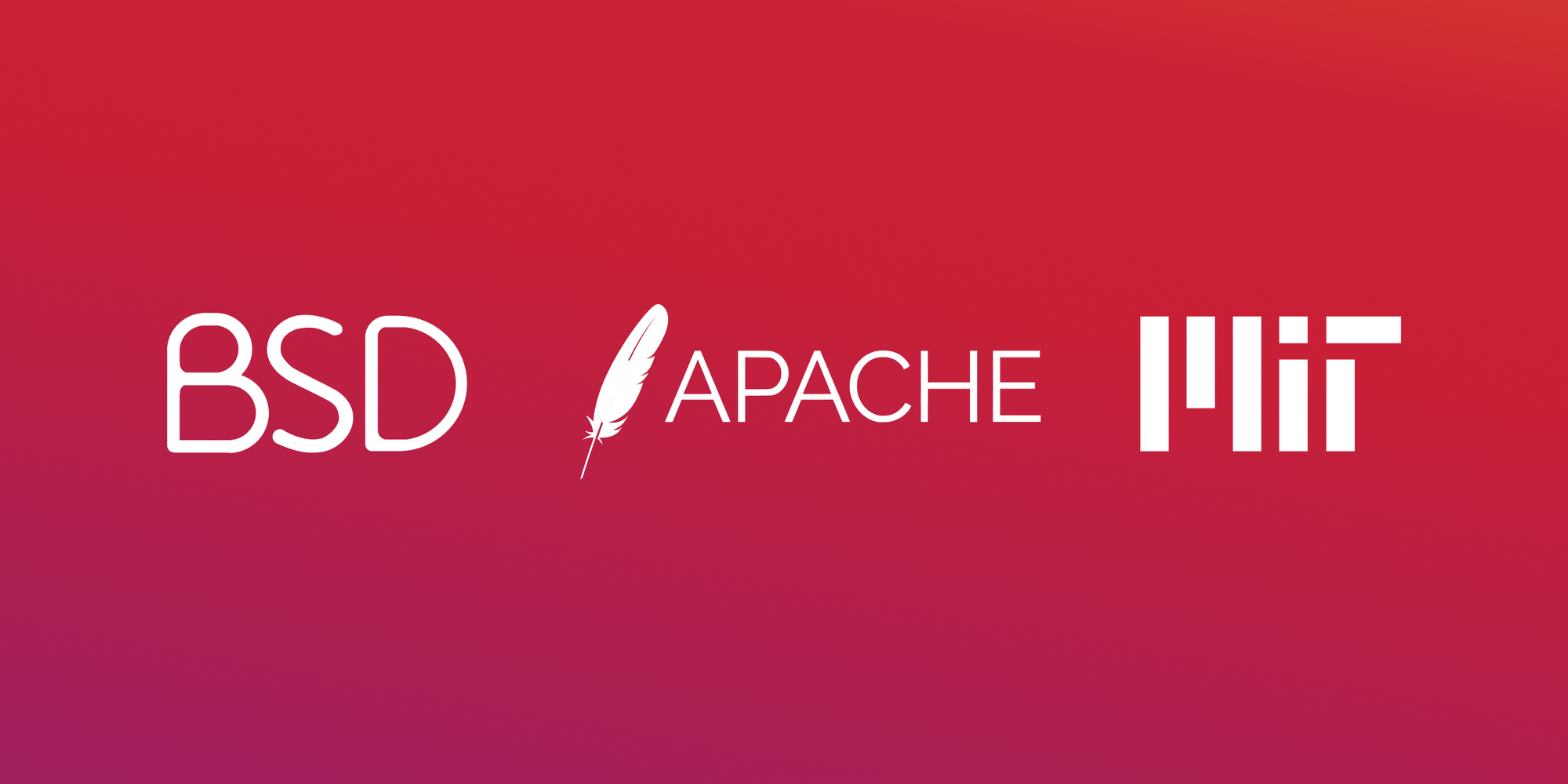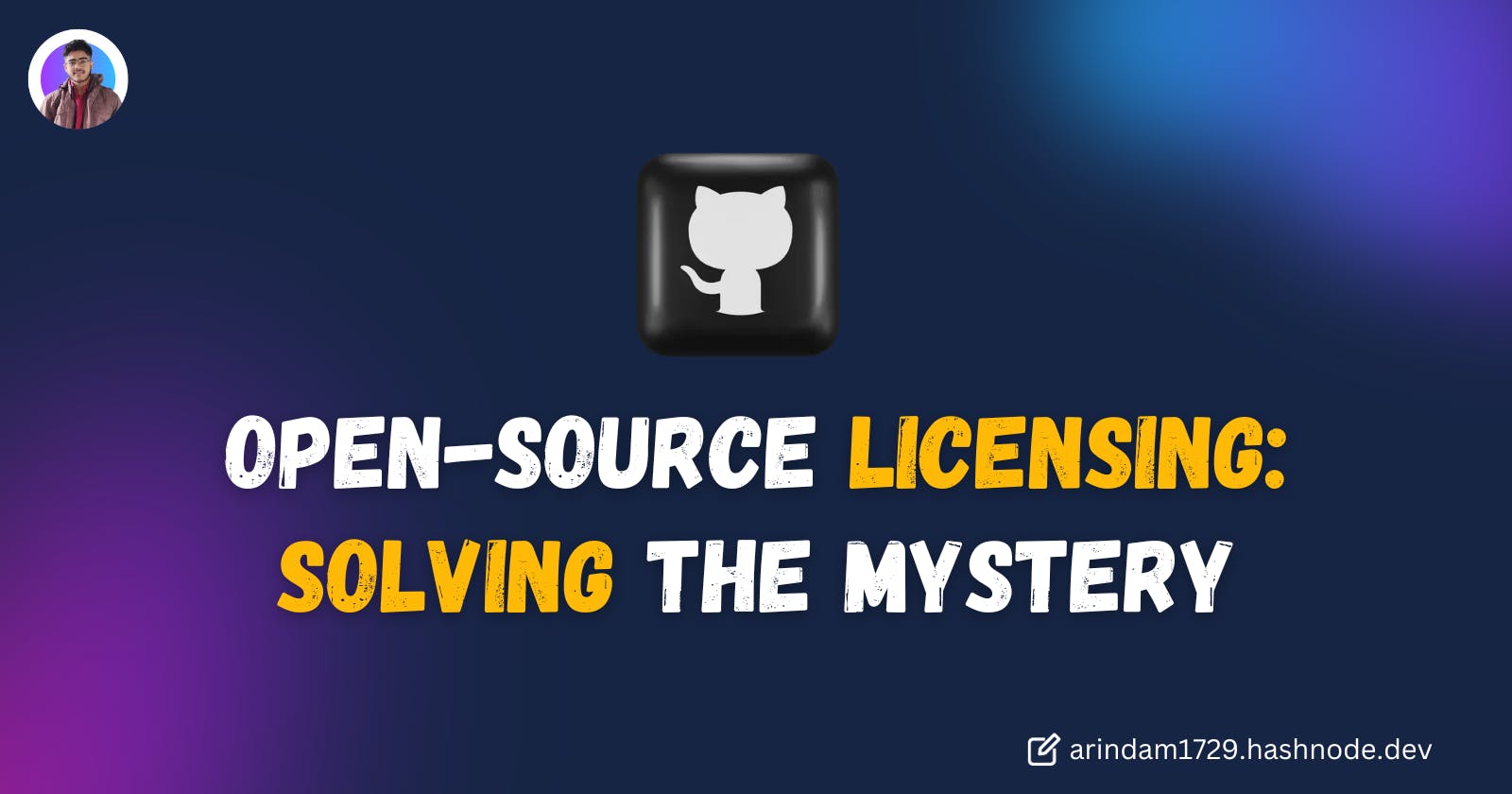Table of contents
Introduction
Open-source software has become an integral part of the technology industry, with a wide range of benefits for developers, businesses, and users. However, understanding open-source licensing and copyright can be a complex and confusing task for developers.

In this blog, we will take a closer look at the key concepts and considerations surrounding open-source licensing and copyright, and provide practical guidance for developers to ensure compliance and mitigate potential risks.
What is Open Source Licensing?
Open Source Licensing is the term used to describe the legal structure that controls how open-source software is used, distributed, and modified. It allows the software to be freely available to the public and permits users to access, modify and distribute the source code

Open-source vs. proprietary software:
it's important to understand the difference between open-source and proprietary software. Open-source software is software that is freely available for use, modification, and distribution, while proprietary software is controlled by a single entity and is typically not available for free. Open-source software offers many benefits, including cost savings, flexibility, and the ability to collaborate and innovate with others.
Why Include an Open-Source Software License?
As a developer starting a project from scratch, it’s important to have some familiarity with the open-source software licenses available to assess how you’d like others to use your work. Recognizing these licenses is also important to users so they can understand the permissions or restrictions set by the agreement they’ve made when using the creator’s work.
What Are the Different Types of Open Source Licenses?
There are two main types of open-source licenses: permissive and copyleft.
1. Permissive License:
Permissive licenses generally provide fewer limitations on how the licensed code may be used. With only a few restrictions, users can take the software with a permissive license, modify it by adding their own features, and distribute that customized version of the software.
Popular Permissive Software Licenses: BSD License, Apache License 2.0 , MIT License

2. Copyleft License:
Unlike permissive licenses, copyleft licenses generally demand that any derivative works of software covered by a copyleft license be granted access under the same terms as the original. To put it another way, the modified code must be as "open" as the original.
Popular Copyleft Software Licenses: GPL License , Mozilla Public License 2.0 .

Developers should be familiar with the terms and conditions of the licenses that they are using and distributing software under.
How to Determine Which Open Source License is Right for Your Project?
Choosing the right open-source license is a crucial decision that can impact the success and growth of your project. Consider the following points to choose the correct license.
Consider the type of software you're developing, the target audience, and the desired level of collaboration.
Read the licenses and their terms carefully to determine which best aligns with your project goals.
If your project uses code from other open-source projects, ensure that the license you choose is compatible with their licenses.
Obtaining professional legal advice can ensure that you make the best choice for your project and avoid any potential legal issues.
Your project goals and needs may change over time, so regularly reassess your choice of open-source license to ensure it still aligns with your objectives.
Once you've decided which license you'll use to protect your open-source project, you'll need to apply for the license. To add the License to your project check this blog.
Conclusion
Thank you for reading this Blog. Hope you learned something today! If you found this guide helpful, please like, share, and follow us for more blog posts like this in the future.
If you found this blog interesting do tweet your learnings from this and Tag me!

